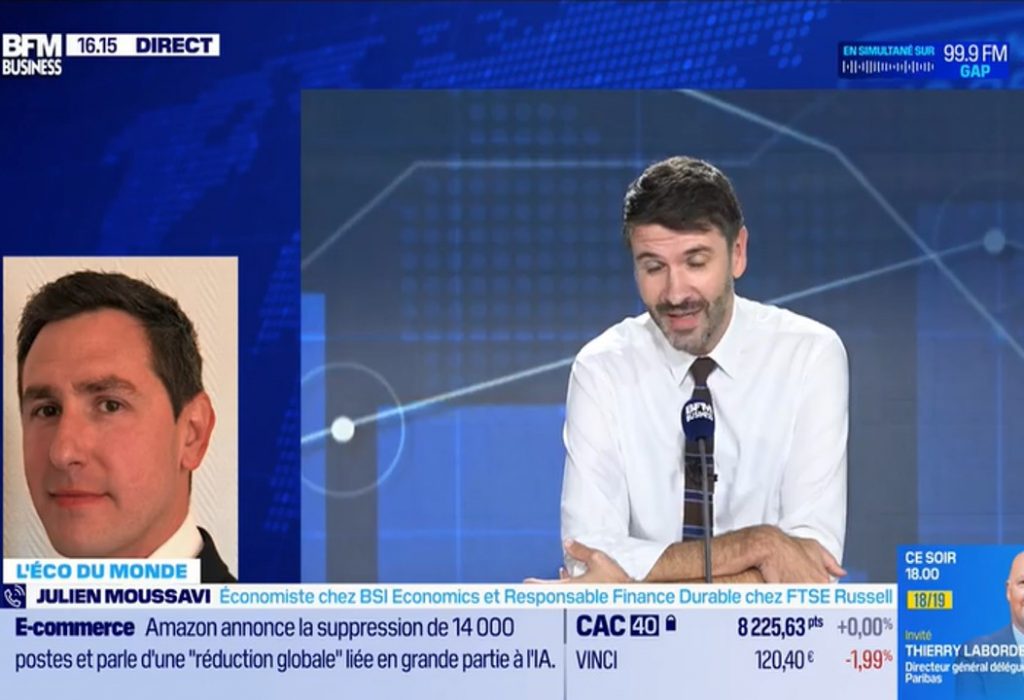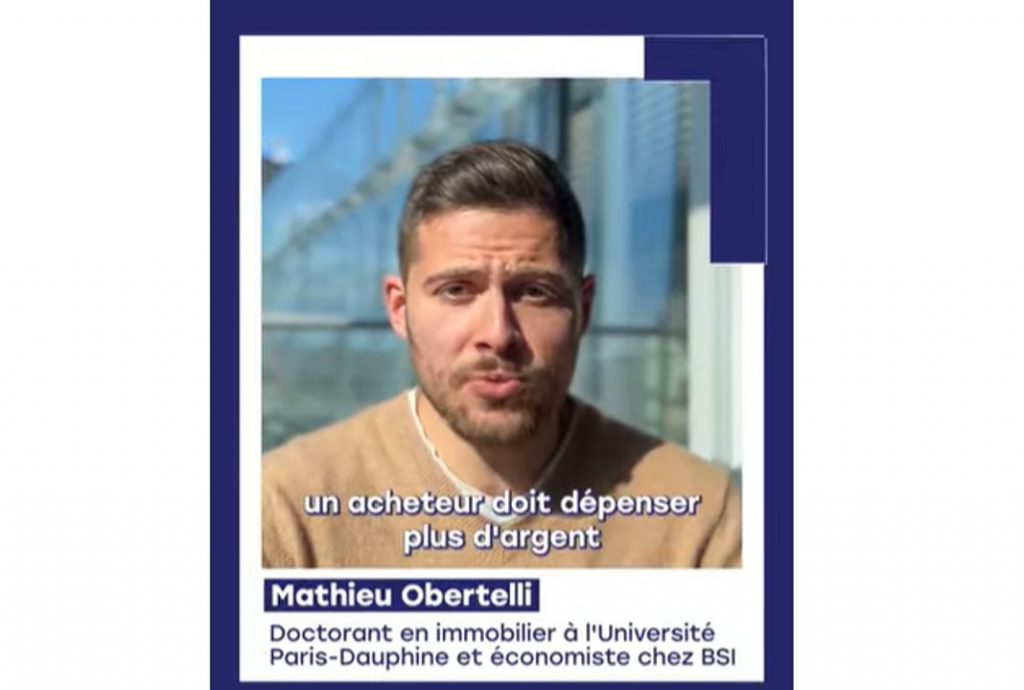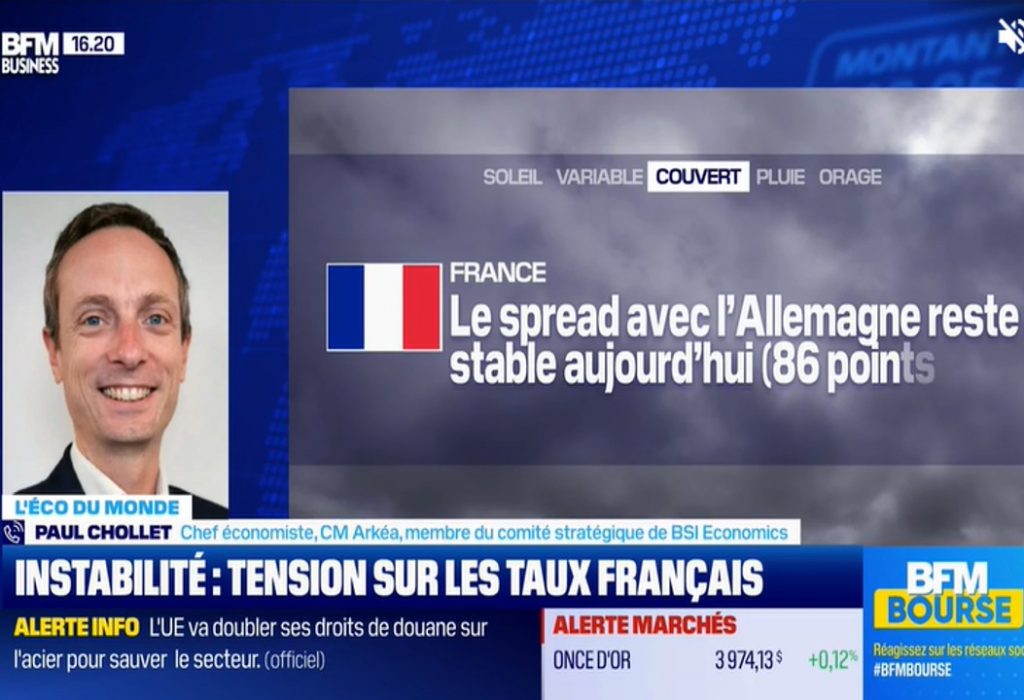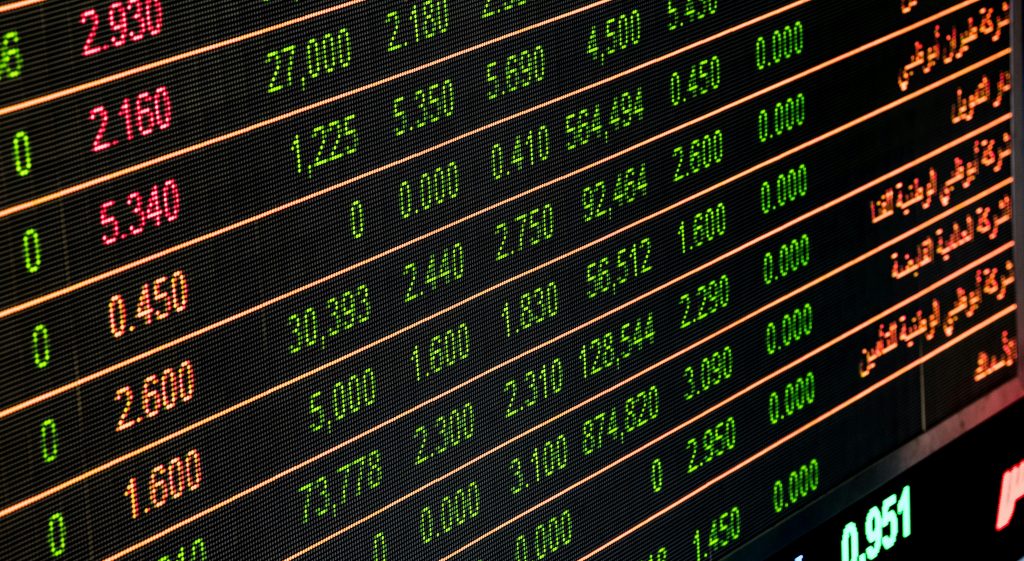Summary:
- Despite having arrive later in developing countries, the COVID-19 pandemic did not spare them. In particular in Latin America, countries were severely affected.
- Health measures were similar to the ones adopted worldwide, though with different degrees of compliance and different economic consequences.
- Developed countries managed to put together policy instruments to help companies and individuals in need, but developing countries struggled with doing that, due to high levels of informality and failing public finances.
- Developed countries also relied more heavily than developing countries on financial instruments such as loans, guarantees and equity to support the economy. This is probably due to less well developed banking networks and informality.

The pandemic crisis has shaken the lives of people on the whole planet, and taken the lives of more than 1 million. Rich and poor, sick and healthy, everyone has adapted their lives to new sanitary rules and economic conditions. Everywhere measures were put in place to reduce social interactions and slow down the spread of the disease, and these measures often imposed restrictions on economic activity. Business, especially retail and services, were not allowed to operate for several weeks or months in most of the world, advanced and developing countries alike. A social experiment of unprecedented proportion was improvised in a matter of weeks as an effort to save lives and learn how to live with the virus.
The sweeping restrictions on movement of people and operation of business were expected to save health systems from collapsing, and in some cases allowed countries to go unscathed through the turbulence. The restrictions created huge economic costs whose entire magnitude is becoming clearer each day. A business that cannot operate has no revenue, and with no revenue one cannot pay taxes, employees. It is not hard to contemplate the human tragedy that is created by this disruption: mass bankruptcies, unemployment, poverty, as we have seen in so many previous economic crises. As usual, a menu of government policies was called to counter the recession. But what should be done?
Covid-19 crisis lead to both a demand and supply shock
The adequate policy response to the economic crisis created by the pandemic depends on the nature of the shocks that it created. There are supply shocks and demand shocks.
Demand shocks refer to the unwillingness and inability to spend or invest. Business lose revenues, shut down, lay off employees, and supply is damaged. Supply shocks refer to a diminishing capacity to produce output in an economy. When a firm disappears, value is lost, even if the physical capital and the human capital are preserved. Firms are more than just places with people working: they are a set of rules and contracts that incentivize agents to generate value[1]. Setting firms up and negotiating contracts is costly, and recovering lost firms does not happen overnight. Moreover, a supply shock, as argued by a recent paper on the pandemic, can in turn also convert itself in a shortage of demand[2].
The two types of shocks are therefore interconnected, but they are not the same. COVID-19 brought a demand shock as well as a supply shock. On the demand side, people were more cautious of going out for shopping, eating and travelling, and so they spent less on these activities. On the other hand, governments imposed restrictions on business activities, such that even for those customers demanding goods and services, supply was artificially cut for them. To avoid economic chaos, governments needed to act.
Economic Policy Options in the time of Covid-19
Macroeconomic policy is often regarded as demand-stabilizers: easing access to short term funds or higher aggregate spending may help overcome demand shortages. In the pandemic shock, however, stimulating demand directly made no sense, given that many businesses were simply forbidden to operate as usual. In fact, according to a calculation by economists at the St Louis Fed[3], most of the downward activity measured in several sectors was due to supply restrictions (see the figure below). An unsurprising exception was “leisure and hospitality”.
The “new” aspect of the COVID-19 economic crisis is that governments needed to provide firms and individuals with financial relief while at the same time prohibiting economic activity from taking place. Financial relief aimed at keeping everyone afloat during the harshest months, avoiding mass bankruptcies to firms and severe poverty. Advanced countries were very active in proposing programs to firms, ranging from cheap credit lines to direct support. Individuals also received direct transfers from governments, and developing countries tended to focus more on this type of policy. The fiscal cost of such policies is unprecedented. In the US alone, where all these policies were enacted, the aid bill sums up to 3 trillion USD, about 15% of US GDP. The most substantial actions by the US government were contained in the Coronavirus Aid, Relief and Economic Security Act (CARES), which encompasses large tax-rebates, direct transfers to individuals, transfers to subnational governments and loans to businesses. The US also pledged 50 billion USD to international aid[4].
Every country drew from the same set of choices to fight the pandemic in the health front: social distancing, prohibition of gatherings, restrictions on business, closing borders and lockdown. In Latin America, countries like Argentina, Chile and Peru adopted strict country-wide lockdowns that lasted for several months. Brazil, in contrast, adopted a more decentralized approach where it was left to state governors and mayors to impose lockdowns and social distancing measures. Life did not go on as usual anywhere in the world, even though some countries clearly adopted much stricter restrictions on their citizens’ movements. But even abstracting from variation in the stringency of restrictions[5], one should not expect that a policy applied to developed nations yields the same results in developing world. This holds for health and economic policies.
Developing and advanced economies face difference challenges and took different measures
The economic consequences of the COVID crisis are not felt equally across countries, and within each country, they tend to be dire for the poorest households. Moreover, poorer nations have a weaker capacity to keep its citizens and firms afloat than rich nations such as the US or European countries. There are three reasons why emerging and low-income countries had a harder time helping citizens during the pandemic:
- The first reason is scale: poverty rates are much higher in developing countries, so there are far more people in need of help. The COVID shock jeopardized the livelihood of a larger contingent than in rich nations. Prohibiting economic activity means depriving tens of millions of their meagre source of income. Moreover, not as many jobs can be done at home in developing countries as in developed countries[6], and the “home office” option is less of a solution in these countries.
- The second reason is informality. Governments have a harder time providing assistance to citizens in poorer countries because most workers are unknown to fiscal services. Informality also raises uncertainty as to how much money is needed to support the needy: the USD 24 billion pledged by the Indian government is likely to be far under what is needed given the extension of the lockdown policy[7]. The Brazilian government launched a BRL 600 (100 €) voucher for informal workers, but the number of eligible beneficiaries ranges from 54 to 75 million[8], in a country of 210 million.
- The third reason is weak public finances. Emerging and low income countries struggled to raise government revenues to fight a crisis of this magnitude, in part due to informality and in many cases due to the deteriorated pre-Covid fiscal situation. Moreover, developing countries rely strongly on indirect taxation such as VAT, which is highly distortionary and regressive. Tax raises impair economic growth and firm development.
Reliance on commodities, tourism and remittances makes some of these countries’ finances particularly vulnerable in a global shock such as COVID (think of Angola for oil prices, Seychelles for tourism, for example). Commodity prices have fallen for coal, gas, metals, agriculture and plummeted spectacularly for oil[9]. While advanced countries may issue debt denominated in their own currencies (US dollar, euro, yen), developing countries often resort to foreign-denominated debt to attract investors. Currency devaluations such as the ones observed this year put public finances under severe strain. At a period of historically low interest rates, countries have faced debt crisis and defaulted on their debts even prior to the coronavirus crisis, as was the case with Argentina, Venezuela, Iran, Lebanon, and many others[10].
The strain on public finances motivated actions by multilateral organizations. The Paris Club, a group of creditor countries that include several G20 countries, negotiated a moratorium on sovereign debt services for poor countries, which benefited most Sub-Saharan Africa economies. The so-called “Debt Service Suspension Initiative” was agreed by the Paris Club in response to a call by the World Bank and the IMF, and guarantees the suspension of debt service on bilateral sovereign debt and some privately-owned debt until the end of 2020[11]. The largest economy to benefit from the scheme was Pakistan, with expected savings of 3.6 billion USD as a result of the moratorium. The differences between developing advanced economies can be illustrated by the number of countries having adopted specific policies to contain the pandemic. Three types of tax policies can be distinguished using the OECD policy tracker[12]: health-related, firm relief and household relief. Less than half the countries adopted new health policies specifically targeted at COVID, with poorer countries doing more than developed nations. Most of these policies referred to the reduction of import duties for protective equipment and medicines.
Regarding fiscal aid directed at individuals or businesses, richer countries did more than emerging and low-medium income countries. The graph reflects the higher ability of richer countries to support their economies and citizens, relying on a well-developed welfare system and low informality. In fact, most emerging and low-income countries enacted relief policies, but not necessarily tax related, such as in-kind purchases and payment of utility bills.
Source: OECD Policy Tracker
Another difference between rich and poor nations regards the type of policy instrument that was used to make the money get through to firms and individuals. In richer countries, such as the US, a large portion of the relief came in the form of loans and guarantees. This means that the government used the banking system as a means of helping firms stay afloat, by proposing subsidized credit lines for example. Here again, rich nations benefited from the existence of well-established networks and the fact that virtually the whole economy is connected to the banking system, whereas emerging and low-medium income countries once again had to cope with the vices of informality. The following graph is based on a report published in May by the IMF[13] on the fiscal and extra-fiscal measures adopted during the pandemic, and the message couldn’t be clearer: a large portion of the help came through the form of credit, guarantees and equity.
Source: IMF Fiscal Monitor, October 2020
Conclusions
Despite some early hopes that it would spare developing countries, the pandemic hit several of them very hard on the health front, especially in Latin America. But even those countries that still seem to have been relatively spared, such as Sub-Saharan Africa, must cope with the global economic crisis generated by COVID-19. Unsurprisingly, the pandemic brought challenges that advanced economies tackled better than emerging and low income ones. The large prevalence of poverty and informality in low income countries makes government action evenmore necessary but less effective. These countries had to improvise ways to help businesses and individuals stay afloat while at the same time imposing severe restrictions on economic activity and movement of people. Underdeveloped banking sectors and struggling public finances made the task of helping businesses and households even harder.
Some of the measures created by governments in this period might stay. The informal economy was somehow incentivized to formalize, by registering in some type of aid program set up by their respective governments. Such is the case of Brazil, where tens of millions of autonomous workers, many of them completely informal, filled an application and entered officially the federal government’s databases. The government is now planning to create a wide cash-transfer program, unifying previous ones and giving a continuation to the one created for the pandemic.
Unfortunately, despite all the relief policies set in all countries, the World Bank now estimates that 2021 will see an increase of 150 million people falling into extreme poverty[14]. The fiscal space for more government action will shrink, as countries get highly indebted and GDPs shrink. 2020 will have been the largest contraction in the global economy since World War II[15], and poorer countries are likely to suffer more. The debt moratorium proposed by the Paris Club will certainly be a relief for many countries, but the beneficiaries of the moratorium are not the largest debtors and the total relief totalled 5.3 billion USD, a disappointingly low amount[16].
Some signs of hope seem to come from the financial markets. The last quarter of 2020 is seeing a swift recovery in stock prices, in particular in the US. Part of the optimism is related to the desired scenario where COVID is much less of a concern in 2021, either because we will learn to live with it or a vaccine will sweep it away. A quick rebound would come in good time to help pay for the expensive bill COVID laid on the whole world.
[1]Holmstrom, Bengt R., and Jean Tirole. « The theory of the firm. » Handbook of industrial organization 1 (1989): 61-133.
[2]Guerrieri, V., Lorenzoni, G., Straub, L., & Werning, I. (2020). Macroeconomic Implications of COVID-19: Can Negative Supply Shocks Cause Demand Shortages? (No. w26918). National Bureau of Economic Research.
[3]Brinca, P., Duarte, J. B., & Faria e Castro, M. (2020). Measuring Labor Supply and Demand Shocks during COVID-19.
[4]See the IMF’s policy tracker for COVID-19: https://www.imf.org/en/Topics/imf-and-covid19/Policy-Responses-to-COVID-19
[5]The Blavatnik School of Government at Oxford University tracked the stringency of COVID-19 restrictions on movements of people and economic activity over time: https://covidtracker.bsg.ox.ac.uk/
[6]Berg, Bonnet and Soares (2020). Working from home: Estimating the world wide potential. Published in VoxEu on May 11th 2020. https://voxeu.org/article/working-home-estimating-worldwide-potential
[7]Ray, Subramanian and Vandewalle (2020). “India’s Lockdown”. CEPR Polisy Insight No 102. https://cepr.org/active/publications/policy_insights/viewpi.php?pino=102
[8]Estado de São Paulo, “Número de beneficiários do auxílio emergencial de R$600 pode chegar a 75 milhões”. https://economia.estadao.com.br/noticias/geral,numero-de-beneficiarios-do-auxilio-emergencial-de-r-600-pode-chegar-a-75-milhoes,70003271728
[9]Nagle (2020), “Coronavirus and commodity markets: Lessons from History”, World Bank Blogs, https://blogs.worldbank.org/voices/coronavirus-and-commodity-markets-lessons-history
[10]Financial Times (2020). “Debt Relief: which countries are most vulnerable”. Published on May 6 2020. https://www.ft.com/content/31ac88a1-9131-4531-99be-7bfd8394e8b9
[11]World Bank (2020). “COVID 19: Debt Service Suspension Initiative”. https://www.worldbank.org/en/topic/debt/brief/covid-19-debt-service-suspension-initiative
[13]IMF (2020). Fiscal Monitor Database of Country Fiscal Measures in Response to the COVID-19 Pandemic, October 2020. https://www.imf.org/en/Topics/imf-and-covid19/Fiscal-Policies-Database-in-Response-to-COVID-19
[14]https://www.worldbank.org/en/news/press-release/2020/10/07/covid-19-to-add-as-many-as-150-million-extreme-poor-by-2021





















